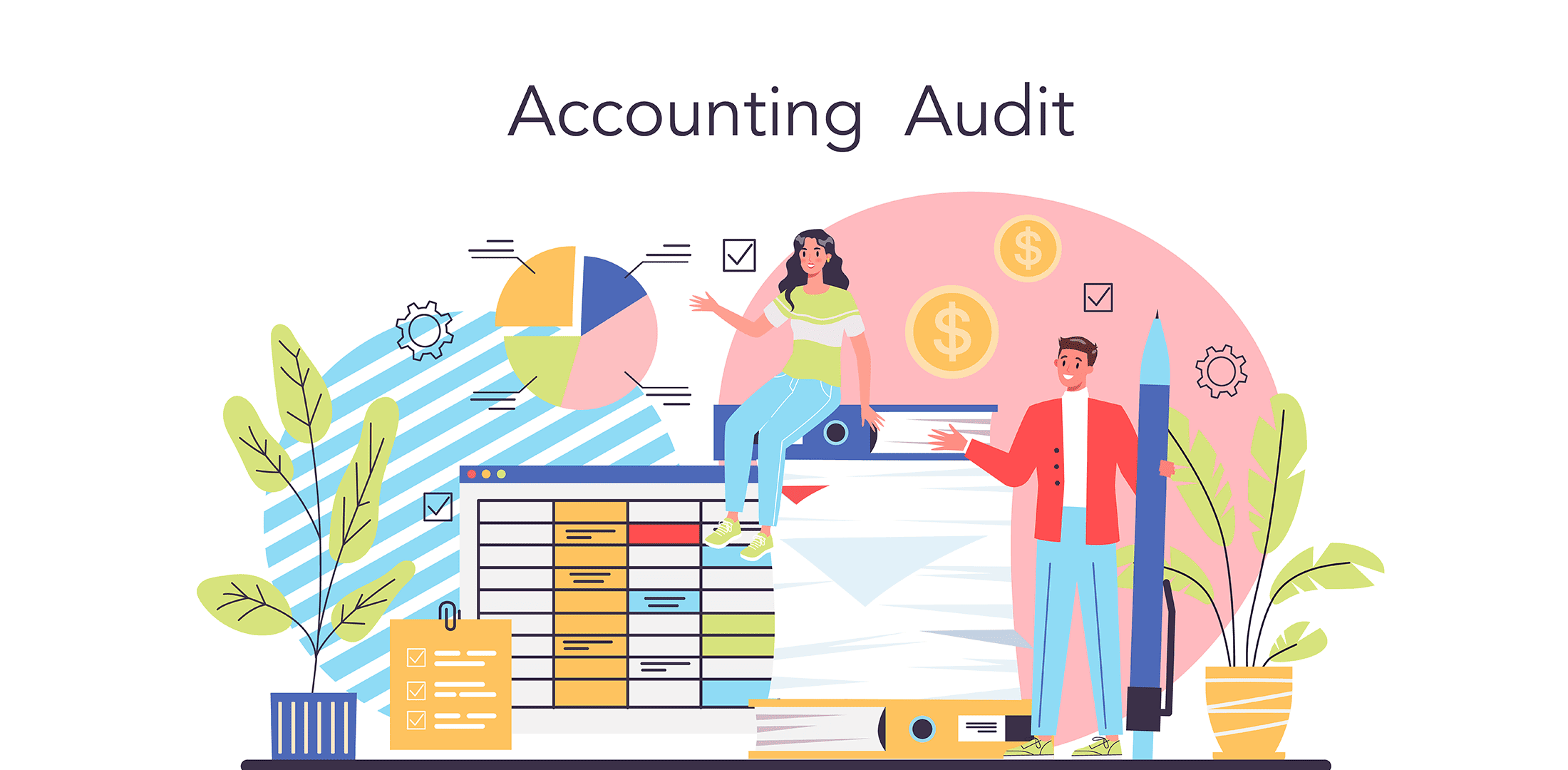
Accounting and audit firms require workforce planning software to improve efficiency and allow for more informed decision-making.
According to Fact. MR, a market research and competitive intelligence practitioner in the global accounting and auditing market, is expected to reach US$217.74 billion in 2022 and grow at a CAGR of 5.7% from 2022 to 2032.
According to the above data, accounting and audit firms are expanding rapidly. This is primarily due to technological advancement and the implementation of cloud-based accounting, automation, AI, and other technologies. Audit and accounting firms will need highly skilled accountants and consultants with technical skills to adjust to this transformation.
Employees at all levels of a company's hierarchy typically have full schedules. Finding the right employees at various pay levels to complete projects on time and to the highest standards while maximizing profitability can be tricky.
This is when workforce planning software comes into the picture. This blog will comprehensively describe the benefits of using the work scheduler to enhance productive outcomes. The tool helps forecast workforce requirements, hire the right talent, and achieve business goals.
Workforce planning assists managers in forecasting, identifying future requirements, analyzing gaps, and implementing measures to achieve strategic goals.
A structured workforce will allow audit and accounting firms to comply with resource requirements with organizational and strategic business objectives. For example, an international audit and accounting firm wishes to grow its global client base in the coming five years. Decision makers can forecast future demand for accounting personnel and carefully plan to bridge gaps within organizations with a strategic workforce plan.

Whereas the operational workforce helps track regular operations, identify the resource requirements, and address immediate changes in procedures.
Thus, workforce planning empowers audit and accounting firms to overcome last-minute chaos, optimize resource costs, and analyze the requirements of permanent and on-call professionals.
Additional workforce planning even helps in maximizing billable hours and enhancing company profits.
A strategic workforce plan is essential for audit and accounting firms to acquire sustainability and profit.
Below are the best practices for implementing workforce planning in an organization.
The first step to creating an effective workforce plan is to identify the firm's long-term and short-term goals and the resources required to meet those goals. To achieve these organizational goals, decision-makers can collaborate and communicate with one another to create a workforce planning strategy.
Strategic planning in an accounting firm includes creating milestones, which become part of operational workforce planning.
Once you are clear with the organizational goals, the second step includes the analysis of the project's requirements. This helps managers to evaluate the demand and ensure their availability.
For instance, the upcoming audit and accounting firm project include analyzing the financial risks. For this, the firm requires an auditor, financial analyst, risk analyst, and financial consultant to perform these tasks.
Following the project requirements analysis, it is essential to determine and analyze the skills required to complete the project. Afterward, managers can look into the pool of resources to identify the resources with matching skills.

Additionally, resource managers can analyze the gap in capacity vs. demand to determine whether there are sufficient resources with the required skills to complete the tasks. Managers can take corrective actions in case of insufficient or excess resources.
Firms must create an assertive mitigation strategy to bridge the gap between surplus and scarcity. In excess, they can accelerate project timelines, provide opportunities for supervision, and so on. Similarly, they can use retraining/upskilling measures or schedule hiring for shortages.
Workforce planning is a continuous process measured against specific milestones, timelines, and goals.
However, due to changing market demands, seasonal highs, and lows, or changing customer preferences, accounting firms may need to revise their strategic and operational workforce plans. Managers must evaluate the project in real-time using various performance indicators to identify areas of growth and improvement and address issues.
Workforce planning offers numerous advantages to audit and accounting firms, including increased billable hours, on-time project completion within budget, maximizing business profitability, and so on.
Using workforce scheduling software simplifies the processes and helps organizations' personnel maximize their potential.
The workforce management software provides insight into resource information, allowing managers to identify the best-fit accounting personnel for the right project at the right cost and time.

The forecasting and capacity planning features of the tool assist in analyzing future resource requirements to meet demand fluctuations. As a result, managers can proactively identify professional surpluses and shortages and implement resourcing strategies to eliminate the gap.
Accounting and auditing firms can implement effective succession and retention plans with the help of resource scheduling software.
Reporting features like planned vs. actual, over and under-utilized resources, financial reports, and timesheet reports offer real-time insight into resource metrics. It helps managers to monitor the employee's performance. Managers can use utilization reports to mobilize skilled consultants from non-billable projects to billable projects and maximize billable hours.
Your company's requirements will determine the best workforce scheduling software for your accounting firm. While many resource scheduling software provides comparable functionality, they are all different. Some software solutions will be more suitable for your company than others. This is why you can rely on eResource Scheduler.
Here are some unique features eRS includes solving your workforce scheduling problems.
Ready to streamline your firm's workforce scheduling and increase profits? Get started with eRS workforce scheduling software's 14-day free trial.
In volatile market conditions, businesses require a skilled labor force to remain profitable. Audit and accounting firms can build and maintain an optimized resource pool with effective workforce planning. This tool helps decision-makers assess their current workforce requirements, identify skill gaps, and implement solutions to meet their short- and long-term company goals.
Accounting and audit firms can smartly overcome resourcing challenges such as poor utilization, information silos, and talent gaps by implementing eRS dynamic workforce scheduling software. Furthermore, it will positively impact the organization's profitability and sustainability.
Also read:
Plan Smarter. Schedule Faster.
Join thousands already using eResource Scheduler to align teams, time, and tasks seamlessly.